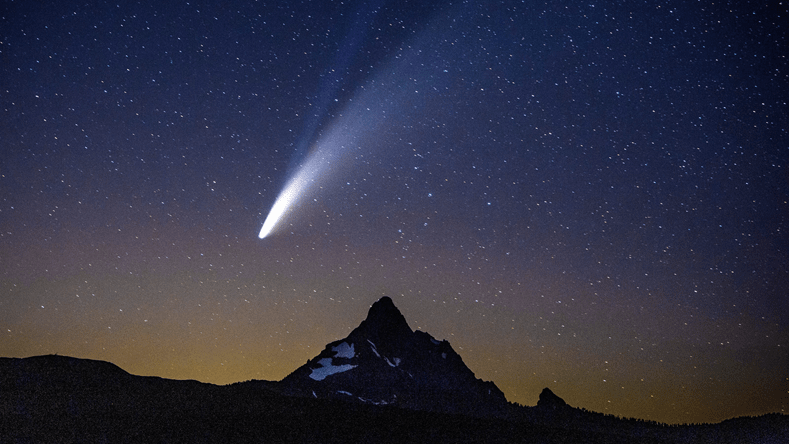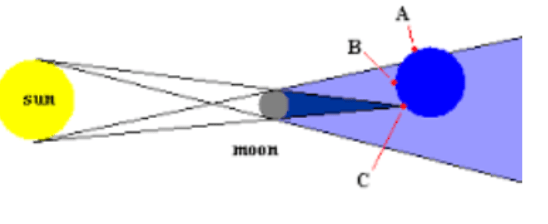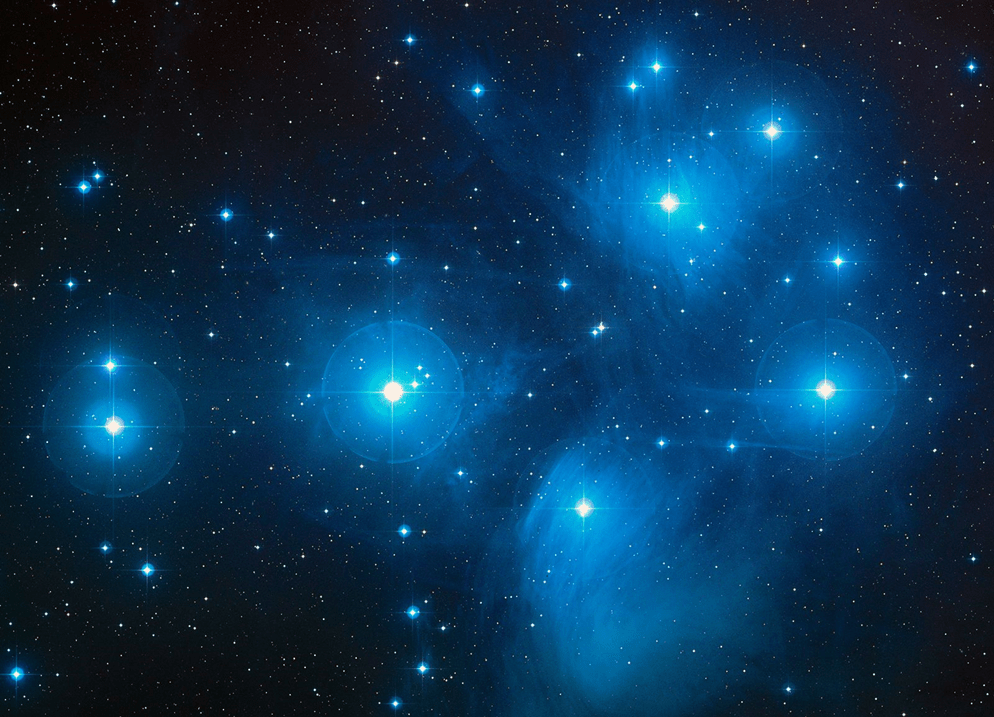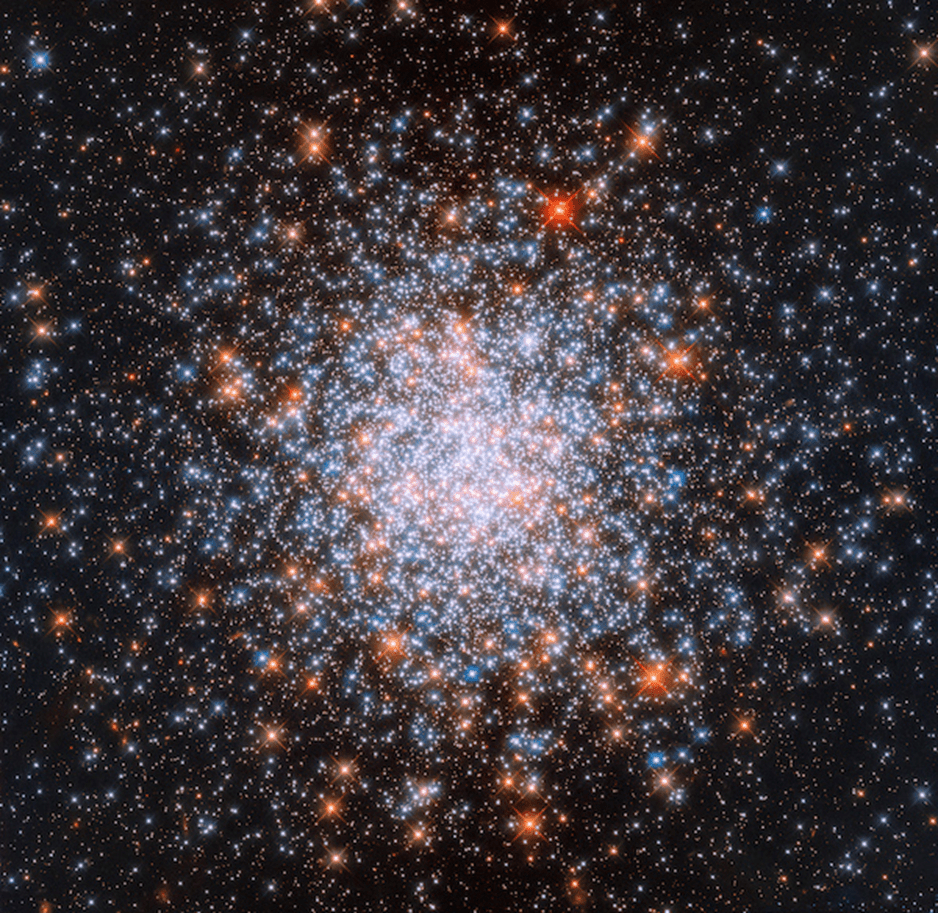What solar system object is in this photo?

The solar system is part o the _______ Galaxy
Milky Way
______ is a dust cloud as a result of a dying star.
Nebula
Red stars have an average temperature of
3000 degrees celsius
This diagram shows a _____ eclipse

Solar
When 2 galaxies collide, the result galaxy is called an _________ galaxy
Irregular
The scientific study of our universe is called
Astronomy
How long would it take for us to see an observer on the other side og the Milky Way Galaxy,
100,000 years
What is red shift and blue shift
When wave lengths away from you they get shorter (Blue shift) When wave lengths move towards you and get longer (red shift)
What is the temp of a blue star
13,800 degrees Celsius
A higher than normal tide is called
Spring tide
Our sun will eventually expand forming a _______
Red giant
What is a black hole?
Gravity is so intense that light cannot escape
The closest star to Earth is
Proxima Centauri
9.47 Trillion Miles
What is a light year?
The brightness of a spar how it actually appears from Earth
Apparent magnitude
a _____ tide results when the moon is at a 90 degree angle to the earth
Neap
1 Astronomical unit
93 million miles
What solar system object has a head, coma, and tail?
Comet
Identify the following galaxy shape

Open Cluster
what is at the center of the milky way
black hole
Red stars have an average temperature of ______ degrees kelvin.
3500
The only natural satellite of Earth is the:
Moon
____% of the matter in the nebula formed the sun.
99
The ______ is found beyond the orbit of Neptune.
Kuiper Belt
Identify this galaxy type.

Globular clusters
Our galaxy will eventually collide with _______ galaxy in 4 billion years
Andromeda
The closest star to Earth that's about to explode
Betelgeuse
The Apollo mission that never made it to the moon due to a explosion in the oxygen tank
Apollo 13
On the HR diagram, most stars are found on the
Main Sequence